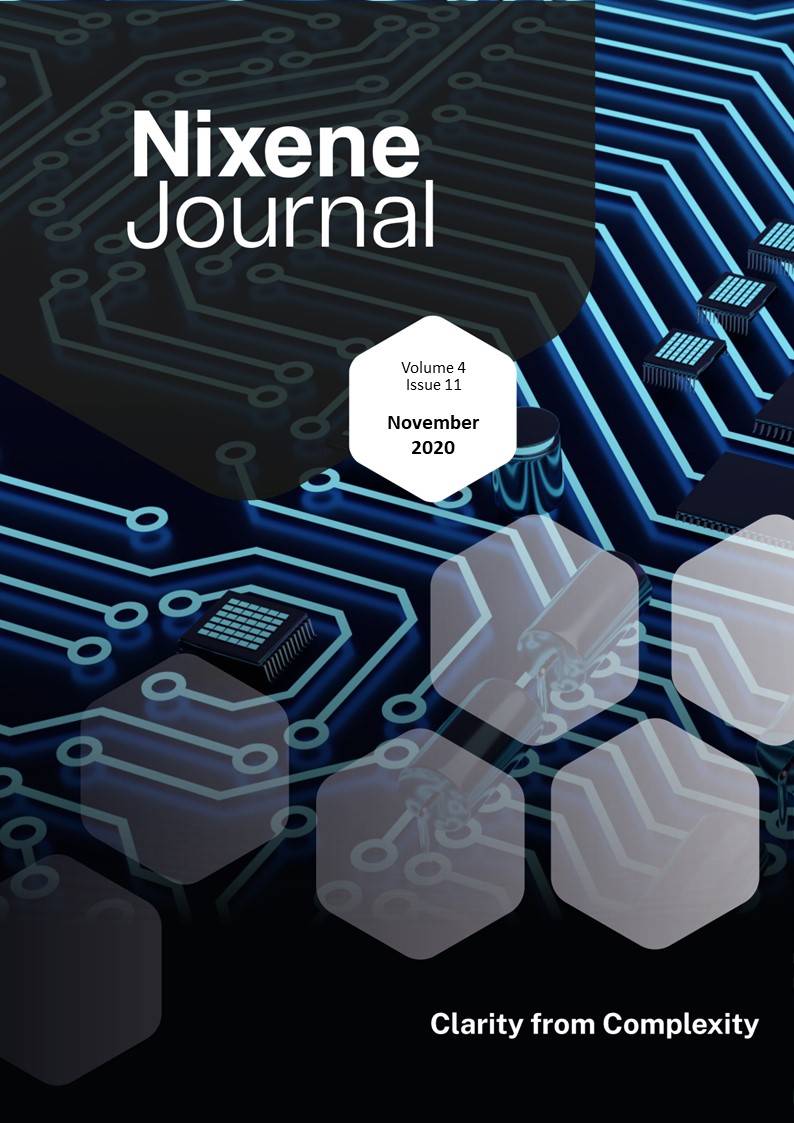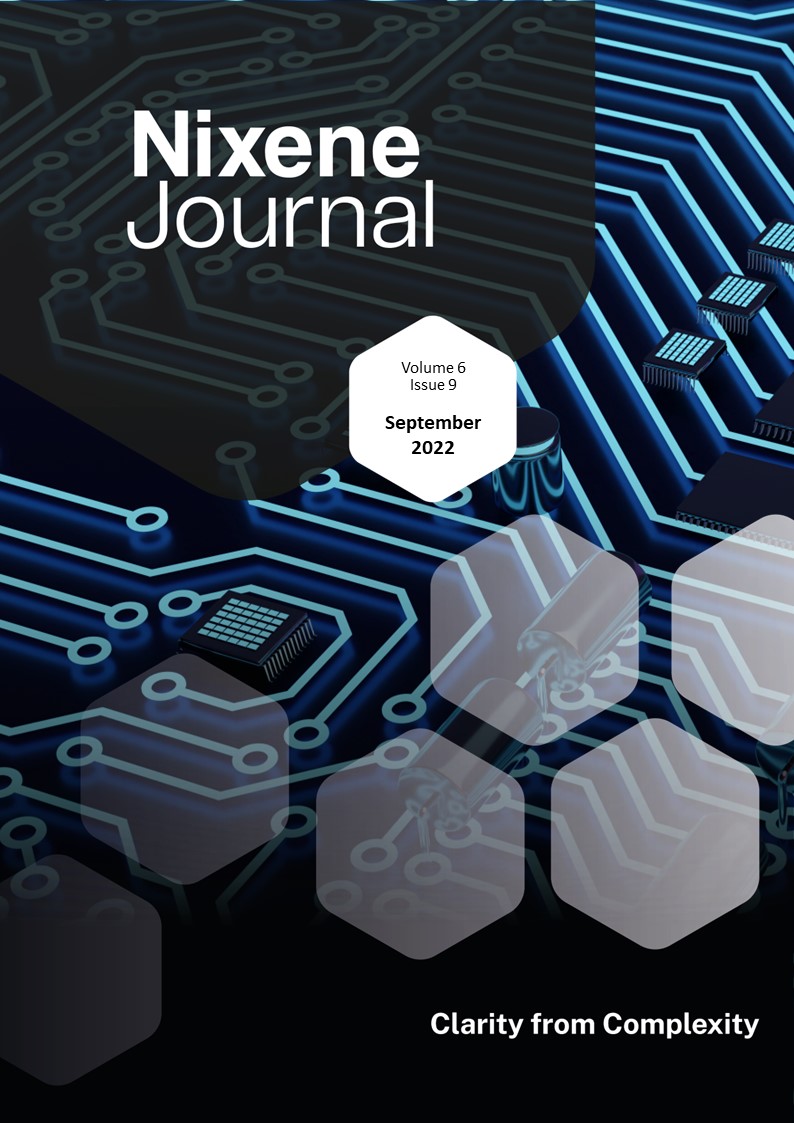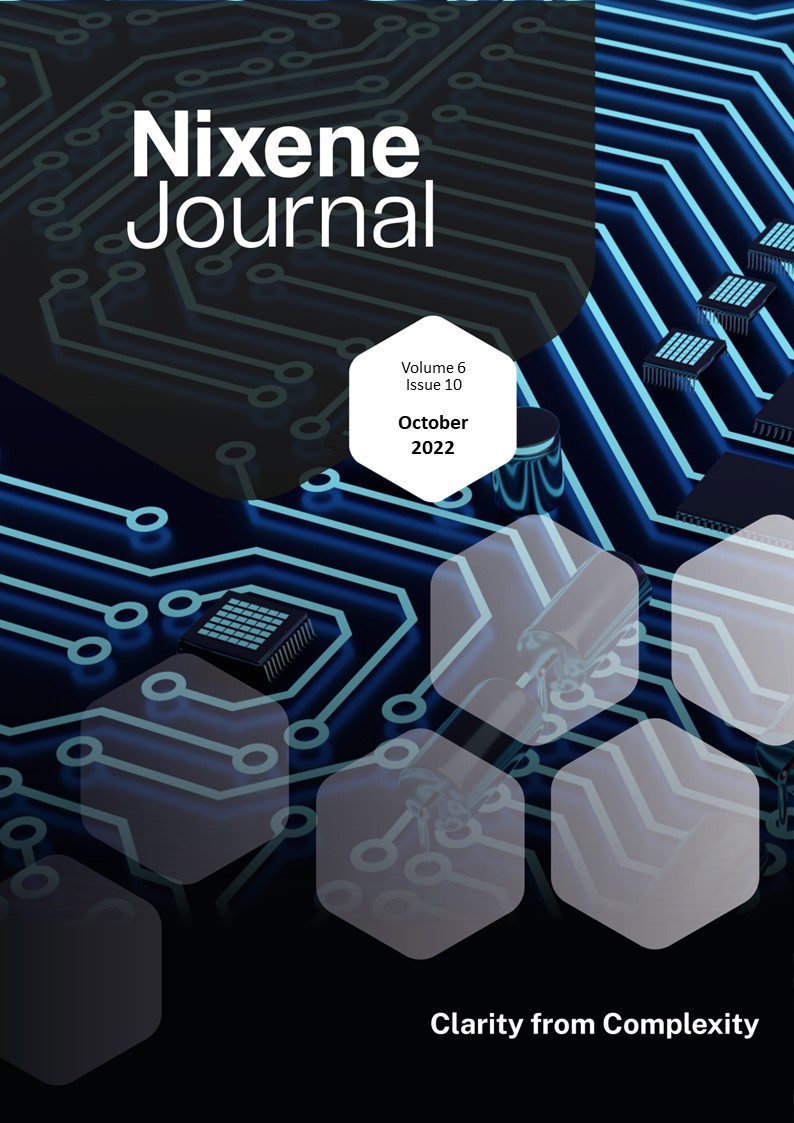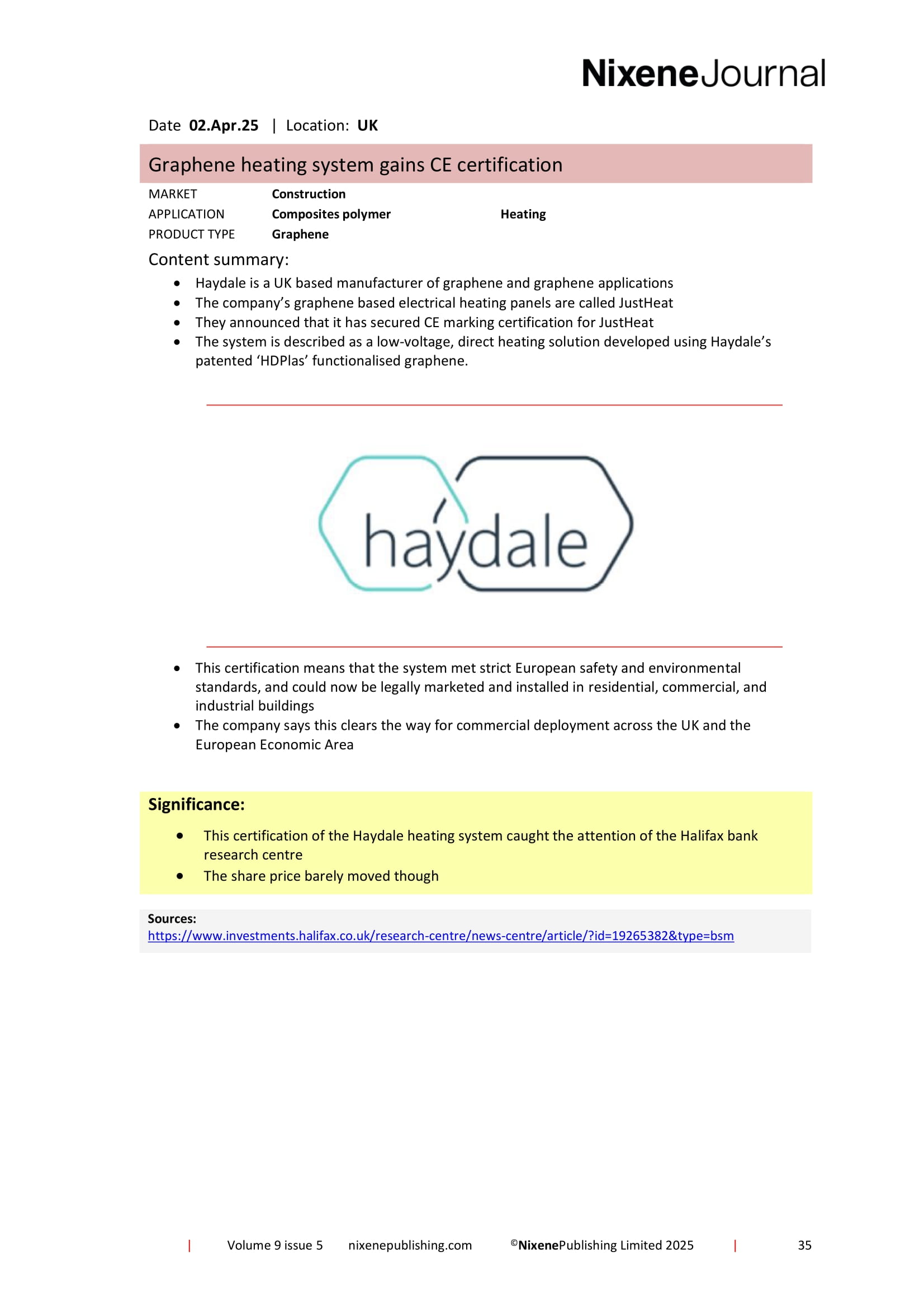Journals
This product is relevant to the following:
Material:
Other:
, ,Locations:
Markets:
Applications:
Product Types:
Technologies:
Related products
-

Vol 4 Issue 11
When I was studying Chemistry, I remember being fascinated by a massive wood and glass cabinet at the college entrance. It was a periodic table containing actual samples of the elements. The lasting impression was how many of the elements were metals. Non-metals are in the minority. There is method in my recollection. A few weeks ago, a new form of carbon was announced by a team in the USA. They call it U-carbon and it is metallic. It conducts electricity, is magnetic and the sample they have made looks just like a highly polished metal mirror. Carbon is not a metal. Or is it? U-carbon is a layered combination of 2D and 3D material. This one will keep scientists arguing about definitions for some time to come. In the meantime, the applications for something that is mirror-like, has a very high melting point, is electrically and thermally conductive as well as magnetic and extremely hard, will be myriad. U-carbon is something to watch. Another research project hit the headlines this month. The University of Arkansas announced they had made a device using graphene that extracts limitless electrical energy from Brownian motion. I spent several days with two of the smartest people I know to figure out what was actually going on here because this work appears to invalidate earlier work by Richard Feynman. We think we’ve got to the bottom of this and while their device works at the small scale, we think they will encounter problems scaling up and discover that Richard was right all along. Time will tell. Yet more fascinating work has been done by the Pacific Northwest National Laboratory. They have made a new material; a graphene-copper metal composite. This is a new shear forming technique for making metal components and wires from powders. This shows 5% improved electrical conductivity compared with copper. General Motors is already working with this to lightweight their electric vehicles. We can see huge opportunities in space and clean energy where lightweighting electrically conductive copper will be a significant leap forward. Chinese electronics hardware company MSI has embraced graphene composites. Their latest graphics card has a casing made from a graphene enhanced polymer that is four times stronger and conducts heat sixteen times better than the normal plastic they used for the casing. Another eye-catching development was made by researchers at the University of Surrey. They have found that adding small amounts of graphene to an acrylate-based polymer makes it look like a green opalescent material. More importantly its colour changes red when squeezed and blue when stretched. This is reversible. It also responds to temperature too, losing its colour irreversibly above a set temperature. This means they have created a sensor that does not need batteries. As usual there is so much more in this issue, the pace of this field is astonishing. Adrian Nixon, 1st November 2020£45.00 View product -

Vol 6 Issue 9
Andre Geim’s work appears twice in this issue. He has been working with researchers in China and developed a straightforward method of recovering metallic gold from e-waste. This starts with an e-waste liquid stream where the precious metals have been dissolved in acid. Reduced graphene oxide powder (rGO) is mixed with this waste stream. rGO is composed of nanoplates with oxygen containing groups around the edges and a graphene surface in the middle. The groups round the edge help the nanoplate mix with the water in the waste and the graphene surface attracts and reduces the gold ions in solution to solid gold metal. It is surprisingly straightforward. The process is also extremely efficient, recovering nearly 100% of the gold even when vanishingly small amounts of gold is present. Andre was also interviewed by Forbes magazine this month. He was asked how he manages to be so innovative when others are less so. He replied that having a wide range of interests was a key part of his success: “Too many people move from scientific cradle to scientific coffin without deviation” …and went on to say: “You have to enrich yourself, to improve your chances to find something new and interesting that other people didn't find before” Not only a recipe for success in science but a good philosophy for making our own luck for the rest of us too. Elsewhere in this issue, articles cover topics such as the renewed investor interest in graphene companies. Over £11million has been invested in graphene companies this month. Researchers have turned graphene into diamond, and others have been discovering more about the electrical properties of twisted layer graphene. In Malaysia, the traditional industry of natural rubber harvesting is exploring creating high altitude balloons made with graphene enhanced rubber to launch satellites into low earth orbit. Quite a leap forward. Read on and enrich yourselves… Adrian Nixon 1st September 2022£45.00 View product -

Vol 5 Issue 5
It is not every month that a new allotrope of carbon is announced. The last time this happened was back in 2019 when researchers in the UK and Switzerland made a ring of 18 atoms called cyclocarbon (Vol3 iss9 p.12). This month a joint team in Germany and Finland have made a flat sheet of carbon atoms with 4 6 and 8 rings. They call this new material a biphenylene network (BPN). This new material seems to be exciting the researchers because it exhibits metallic character. It also opens the door to explore other potential allotropes of carbon. Graphene-metal composites also make another appearance this month. Two Indian organisations have been working on aluminium-graphene composites (Al-G). Tirupati graphite says it has made an Al-G composite that has 95% the electrical conductivity of copper with the light weight of aluminium (although no has been presented yet). The Maharaja Agrasen University has published a peer reviewed paper showing that 1% graphene powder produced a 67% increase in the ultimate strength of the aluminium composite. A joint team in the Netherlands and Germany has made a Pirani pressure sensor from multilayer CVD graphene. It is not only 100 times smaller than the state-of-the-art sensors; it consumes a fraction of the power and is so sensitive it can detect different gas molecules. Aerospace and automotive applications abound. A new car company, Viritech, has announced it is building an electric supercar with a range of 800km and a top speed in excess of 300km/hr. The company has rejected batteries in favour of a hydrogen fuel cell to generate the electricity. The hydrogen storage tank is made from graphene enhanced carbon fibre and is an integral part of the chassis. Production is due to start in 2023. Graphene enhanced concrete made the headlines this month. British construction company Nationwide Engineering and the University of Manchester’s Graphene Engineering Innovation Centre (GEIC) have created graphene enhanced concrete for the whole floor of a new building in Amesbury, UK. As well as being a practical success in CO2 reduction the use of graphene has reduced the quantity of materials involved by 30% and potentially cut the costs between 10 and 20%. This will catch on. Adrian Nixon, 1st June 2021£45.00 View product -

Vol 6 Issue 10
Dear reader, you will know that we are tracking the progress of the biggest graphene companies in the world. Levidian is the biggest on paper with their announced £700 million ($780 m USD) contract with the UAE (vol 6 iss 6 p.26). The other company is Skeleton Technologies who make graphene enhanced supercapacitors for transport systems. They have been making steady progress over the past few years and have now announced a new €220 million ($215 m USD) super factory that will open in Germany in 2024. This will give the company an order of magnitude increase in production capacity (p.32 of this issue). Skeleton have also announced they have been awarded the contract to supply supercapacitors for the latest metro units in the Spanish city of Grenada (p.22). Further industrial progress is being made in the USA. Cardea Bio is a manufacturer of graphene field effect transistor biosensors. Essentially these are lab-on-a-chip devices that will give an instant read out of medical conditions from a sample of body fluids. The company has mastered the art of mass production and its factories can produce up to 20,000 graphene sensors per month. They also report that next year they will have produced their millionth biosensor. This company is shaping up to be a formidable presence in the graphene biosensor market. On the research and technical side, there has been much progress in the quality control of graphene. Terrance Barkan convened a webinar of metrology experts from world class institutions in the UK, USA and South America. The Raman spectroscopy masterclass is well worth viewing if you need to understand how the quality of graphene is measured by this technique and its limitations (p.15). By coincidence this month researchers in India have developed a new technique for reliably measuring the number of layers of graphene in a sample. Rather than use an expensive raman spectrometer, they have found a much cheaper optical microscope can provide similar information (p.17). In the UK, researchers have published a literature review of sustainable fibres for polymer composites. The work clearly shows why sustainable natural fibres are not being adopted to replace synthetic fibres. Natural fibres are an order of magnitude weaker than their synthetic counterparts. There is room for optimism though. The study shows that graphene can enhance the strength of natural fibres in polymer composites and shows there is one primary candidate natural fibre that, with graphene, just might challenge the supremacy of synthetic fibres (p.18). You can find out about this and much more in this fascinating issue. Dear reader, I invite you to read on… Adrian Nixon 1st October 2022£45.00 View product



